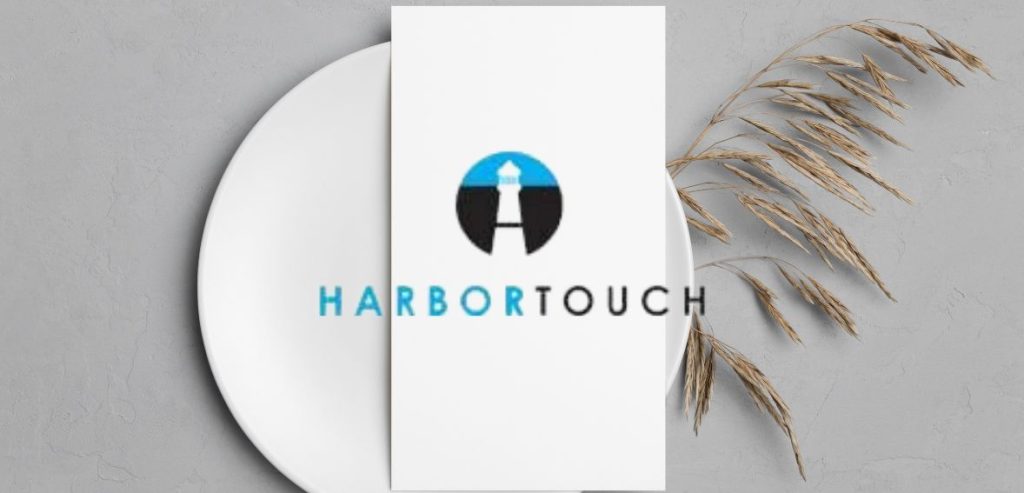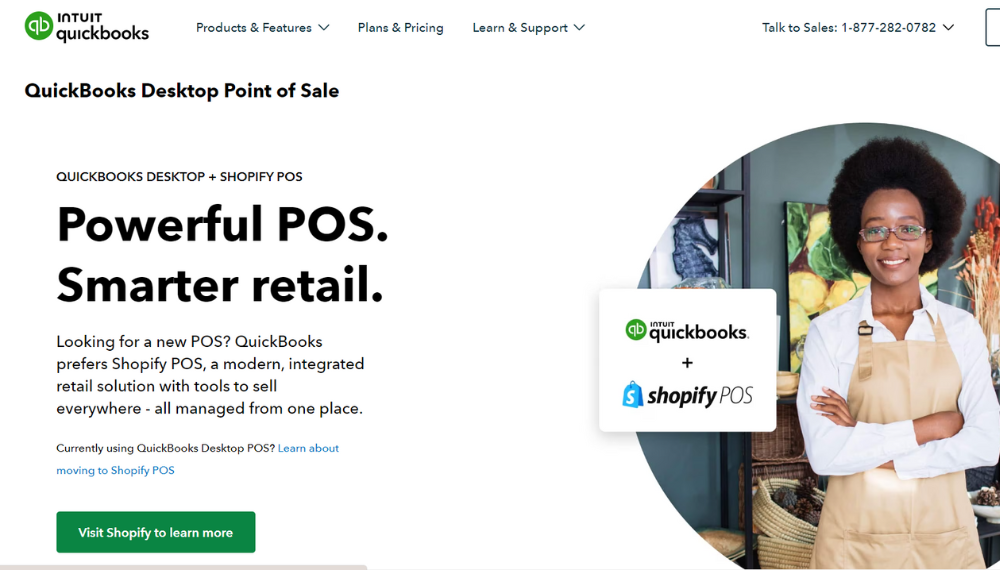Opening a clothing store can be rewarding, allowing you to showcase your style and creativity while catering to your customers' fashion needs. However, starting it requires hard work, planning, and dedication.
In this article, we will outline the basic steps involved in opening a clothing store. Whether you're just starting or looking to expand, this checklist will help you build a strong foundation for your clothing store business.
Basic Steps to Open Clothing Store
Determine Your Niche
Determining your niche is a crucial first step in opening a successful clothing store. This involves identifying your target market and the specific products or styles you want to offer. Consider what types of clothing are in demand in your area and what sets your store apart from competitors. Your niche can be based on age group, gender, lifestyle, or fashion trends. By defining your niche, you can create a clear brand identity that resonates with your customers and helps you stand out in a crowded marketplace. Having a clear niche can help you make informed decisions on inventory, pricing, and marketing strategies that align with your target audience. Take the time to research and identify your niche, as it will be the foundation for building a successful clothing store.Market Research and Planning
Market research and planning involve conducting thorough research to understand your target market, competitors, and industry trends. To begin, identify your target audience based on demographics such as age, gender, income level, and location. Analyse their shopping behaviours, preferences, and purchasing habits. Research your competition's strengths, weaknesses, and unique selling points. This can help you identify gaps in the market and opportunities for differentiation. Use this research to develop a comprehensive business plan that outlines your goals, strategies, and financial projections. Your business plan should also include a marketing plan outlining how to promote your store and attract customers. By conducting thorough market research and developing a solid plan, you can set yourself up for success and minimise risks in starting a clothing store.Legal Requirements
Navigating the legal requirements of opening a clothing store is important to ensure compliance and avoid legal issues. The first step is registering your business with the appropriate authorities and obtaining the necessary permits and licences. This includes registering your business with the state, obtaining a tax identification number, and obtaining a sales tax permit. You may need a zoning permit or occupancy certificate from your local government. Understanding intellectual property laws and trademarks related to your business name, logo, or design. Consult a legal professional to ensure you follow all necessary regulations and protect your business interests. By addressing legal requirements upfront, you can avoid costly legal issues and protect your business in the long run.Financing your Business
Begin by identifying your startup costs, including inventory, equipment, rent, utilities, insurance, and marketing expenses. Consider funding options such as personal savings, small business loans, or investors. You can also explore crowdfunding or grant opportunities. It's important to create a detailed financial plan that outlines your projected expenses and revenue, as well as a plan for how you will repay any loans or investments. Consider your long-term financial goals and how you will sustain your business over time. This may include developing a solid cash flow management plan and identifying opportunities for growth and expansion. By securing adequate financing and creating a comprehensive financial plan, you can set your business up for success and minimise financial risks.Location and Store Design
Choosing the right location and store design is essential for a successful clothing store. Consider factors such as foot traffic, accessibility, and proximity to your target audience. Think about the layout of your store and how you want to display your merchandise. This may include creating different sections or themes within your store, using creative lighting and signage, or utilising interactive displays or virtual try-on experiences. The design of your store should reflect your brand identity and create an inviting atmosphere that encourages customers to browse and make purchases. It's also important to consider practical aspects such as security measures and storage space. Choosing the right location and creating an appealing store design can attract more customers and enhance their overall shopping experience.Inventory Management
Inventory management is an important component of running a successful clothing store. You'll need to identify your inventory needs based on your niche and target audience and source your products from reliable suppliers. Consider quality, pricing, and delivery times when selecting suppliers. Once you have your inventory, it's important to manage it effectively to ensure the right products are in stock at the right time. This may involve implementing inventory management software to track your stock levels, monitoring sales trends to anticipate demand, and regularly reviewing your inventory to identify slow-moving products or excess stock. Consider implementing effective pricing strategies such as bundling products or offering discounts to encourage sales. You can optimise your sales and minimise costs by managing your inventory effectively.Marketing and Advertising
Marketing and advertising are essential to promoting your clothing store and attracting customers. Begin by developing a strong brand identity that reflects your niche and target audience. This includes creating a memorable logo, defining your brand voice and tone, and developing a consistent visual style across all marketing materials. Use social media platforms like Instagram or Facebook to showcase your products and connect with your target audience. Consider implementing email marketing campaigns or loyalty programs to encourage repeat customers. When it comes to advertising, consider using a mix of print and digital advertising channels such as local publications, online ads, or influencer marketing to reach your target audience. By developing a comprehensive marketing and advertising strategy, you can increase brand awareness and attract more customers to your clothing store.Staffing and Training
When hiring staff, look for individuals who are passionate about fashion and have strong customer service skills. Provide comprehensive training to ensure they are knowledgeable about your products, able to provide excellent customer service, and familiar with store policies and procedures. Consider implementing ongoing training to ensure your staff is current on the latest trends and product offerings. Encourage a positive and supportive work environment to foster employee satisfaction and retention. Hiring and training competent and motivated staff can create a welcoming and professional atmosphere that encourages customers to return.Technology and Point of Sale Systems
Technology and point of sale (POS) systems are critical to operating a modern clothing store. The right technology can help you streamline operations, enhance customer experiences, and optimise sales. Consider implementing a POS system that allows you to manage inventory, process transactions, and track sales data. This can help you make informed decisions about purchasing and pricing strategies and identify areas for improvement. Implementing technology such as mobile payment options or virtual try-on experiences enhances the customer experience and creates a modern, tech-forward atmosphere in your store. Ensure your staff is adequately trained on all technology and POS systems to ensure seamless operation. By leveraging technology effectively, you can streamline operations and enhance the customer experience, ultimately driving sales and business success.Grand Opening and Launch
Your clothing store's grand opening and launch are critical in building brand awareness and attracting customers. Develop a comprehensive launch plan that includes marketing and advertising initiatives such as social media posts, local event sponsorships, and special promotions or discounts. Host a launch event or grand opening party to showcase your store and products, and invite local influencers, media outlets, and community members to attend. Consider offering exclusive deals or giveaways to those who attend the event or make a purchase during the launch period. Ensure your store is fully stocked and staffed and that all technology and POS systems are fully functional. This will help you create a positive first impression and set the tone for ongoing success. By planning a strong launch and grand opening, you can generate buzz, attract customers, and establish your clothing store as a go-to destination in your local market.Customer Service and Retention
Customer service and retention are key to building a loyal customer base and driving ongoing business success. Ensure your staff is trained to provide excellent customer service and create a welcoming and supportive atmosphere in your store. Encourage feedback and take steps to address any concerns or complaints promptly and professionally. Consider implementing loyalty programs or other incentives to encourage repeat customers and foster long-term relationships. Monitor sales data and customer feedback to identify opportunities for improvement, such as offering new products or adjusting pricing strategies. By prioritising customer service and retention, you can build a strong customer base that will help you achieve ongoing business success.Expansion and Growth
Begin by analysing your sales data and identifying opportunities for growth, such as expanding your product offerings or opening additional store locations. Consider implementing a comprehensive business plan outlining your growth goals and strategies. This may include increasing marketing and advertising initiatives, expanding your online presence, or developing new partnerships or collaborations. Ensure you have adequate resources and support to facilitate growth, such as a strong management team or sufficient financing. Regularly review your progress and adjust your strategies to ensure ongoing success. By prioritising expansion and growth, you can achieve ongoing business success and establish your clothing store as a go-to customer destination.Final Thoughts and Tips for Success
Opening a clothing store can be a challenging and rewarding experience. To achieve success, it's important to prioritise the following:- Determine your niche and target audience
- Conduct thorough market research and planning
- Ensure compliance with all legal requirements
- Secure adequate financing and resources
- Choose the right location and store design
- Manage your inventory effectively
- Develop a comprehensive marketing and advertising strategy
- Hire and train competent staff
- Leverage technology and POS systems effectively
- Plan a strong launch and grand opening
- Prioritise customer service and retention
- Plan for expansion and growth





